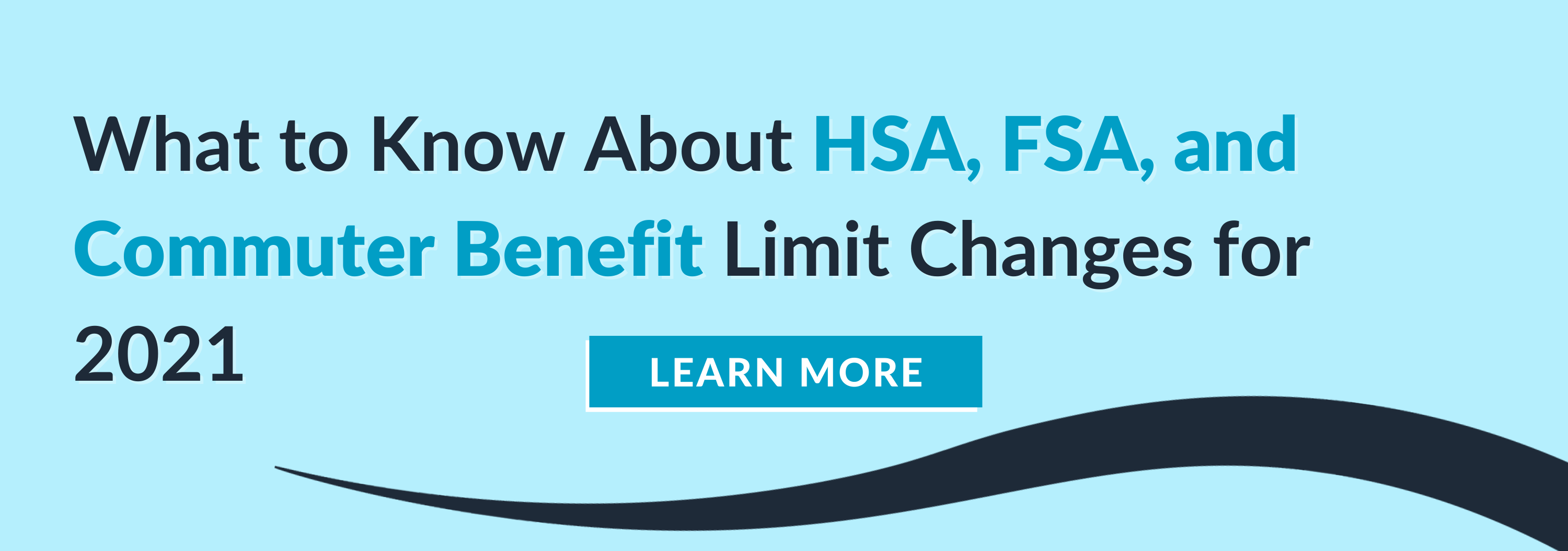
Written by
Drew Gieseke
Drew Gieseke is an aPHR®-certified marketing professional who writes about HR, compliance, and healthcare solutions.
IRS Releases New Tool for Non-Filers to Claim Advance CTC Payments

In spring 2021, Congress passed the American Rescue Plan Act of 2021 (ARPA), which introduced a flurry of changes to U.S. laws and regulations. Included among the many updates were several important adjustments to the child tax credit (CTC). Now, thanks to a new tool introduced by the IRS, certain taxpayers can more easily sign up to receive monthly installments of the advance CTC payments.
Find out how the tool works and what employees need to know about the child tax credit.
What is the Child Tax Credit (CTC)?
The child tax credit (CTC) is a payment that parents and guardians can claim on their annual tax returns if they include a child as a dependent on their Form 1040.
To claim the CTC, the child must meet certain conditions. These include:
- The child is the son, daughter, stepchild, eligible foster child, brother, sister, stepbrother, stepsister, half-brother, half-sister, or a descendant of any of them (for example, the claimant’s grandchild, niece, or nephew).
- The child was under age 17 at the end of the applicable tax year.
- The child did not provide over half of his or her own support for the applicable tax year.
- The child lived with the claimant for more than half of the applicable tax year.
- The child is claimed as a dependent on the claimant’s return.
- The child does not file a joint return for the year (or files it only to claim a refund of withheld income tax or estimated tax paid).
- The child was a U.S. citizen, U.S. national, or U.S. resident alien.
In 2020, the CTC was calculated at $2,000 per child, per year—a sum that was delivered to qualifying households upon filing their returns. Up to $1,400 of the CTC is refundable.
How Did ARPA Change the Child Tax Credit?
Congress made two major—and temporary—changes to the CTC with the passage of ARPA in March 2021. These include:
- Higher Possible CTC Amount: Qualifying households with children under the age of 6 can receive an annual CTC of $3,600 per child and $3,000 per child between ages 6 and 17 through 2021. This temporary credit is also fully refundable and the earned income requirement has been suspended.
- Option to Receive CTC in Monthly Installments: Now, claimants can receive half of their allotted CTC funds in monthly installments versus one lump sum payment during tax season. Payments will equal up to $300 per month for every qualifying child age 5 and younger and up to $250 for every qualifying child between the ages of 6 and 17. The other half of the CTC can be claimed on the 2021 tax return.
To learn more about the major changes made to the CTC, review this BerniePortal resource.
Why Did Lawmakers (Temporarily) Change the Child Tax Credit?
The federal government made these adjustments for a few different reasons. First, many lawmakers who supported the measures want to encourage young people to have children. BBC reported in May 2021 that the U.S. birth rate fell for a sixth consecutive year in 2020—its lowest since 1979.
Another reason? The CTC delivery system was outdated. Many parents may prefer receiving one lump sum payment when they file their taxes but others certainly prefer the option to receive monthly installments instead.
Finally, the new system can boost the economy. The IRS reports that approximately 88% of children will be covered by the enhanced benefits while researchers at the Brookings Institute say the temporary measures could cut child poverty in half.
IRS Issues New Advance CTC Payment Tool
In June 2021, the IRS released a new tool to help families receive advance CTC payments beginning July 15, 2021. The signup tool is designed to make it easier for non-filer parents to report basic information about themselves and their dependents to the IRS.
As a result, these families can easily receive direct payments by providing their name and dependents’ names, mailing address, email, dates of birth, Social Security Numbers, bank account numbers (if applicable), and an identity protection personal identification number (IP PIN).
Yet not all families are eligible. Parents with qualifying children born before 2021 should use the tool under the following circumstances:
- If they aren’t required to file a 2020 tax return, didn’t file one, and don’t plan to; and
- Have a primary home in the U.S. for more than a year and a half
This same tool can also be used by taxpayers to report that they didn’t receive the full amounts of the first and second Economic Impact Payments (often colloquially referred to as “stimulus checks”). The IRS stresses that families that filed or plan to file a 2020 tax return shouldn’t use the resources, among other important restrictions listed in this link.

Written by
Drew Gieseke
Drew Gieseke is an aPHR®-certified marketing professional who writes about HR, compliance, and healthcare solutions.
Related Posts
Yes, you can use a health savings account, or HSA, for cosmetic surgery, but only in...
According to the KPMG 2023 CEO Outlook, 64% of business leaders believe there will be a...
Thomas J. Peters, best known for his book In Search of Excellence, once stated, “The day...
According to the Ethics and Compliance Initiative’s (ECI) 2023 Global Business Ethics...







Submit a Comment